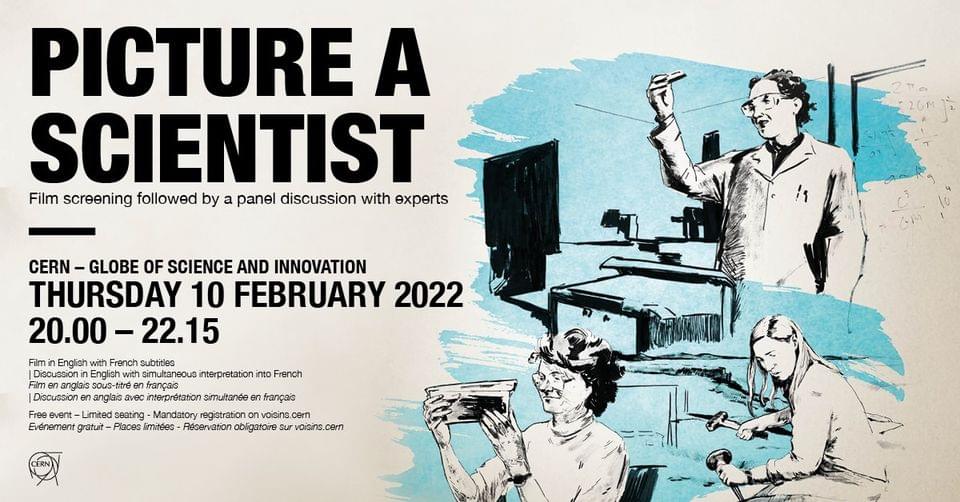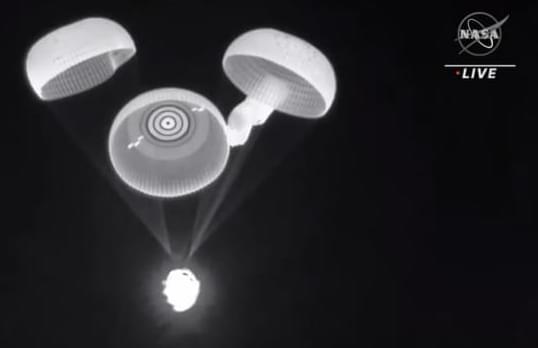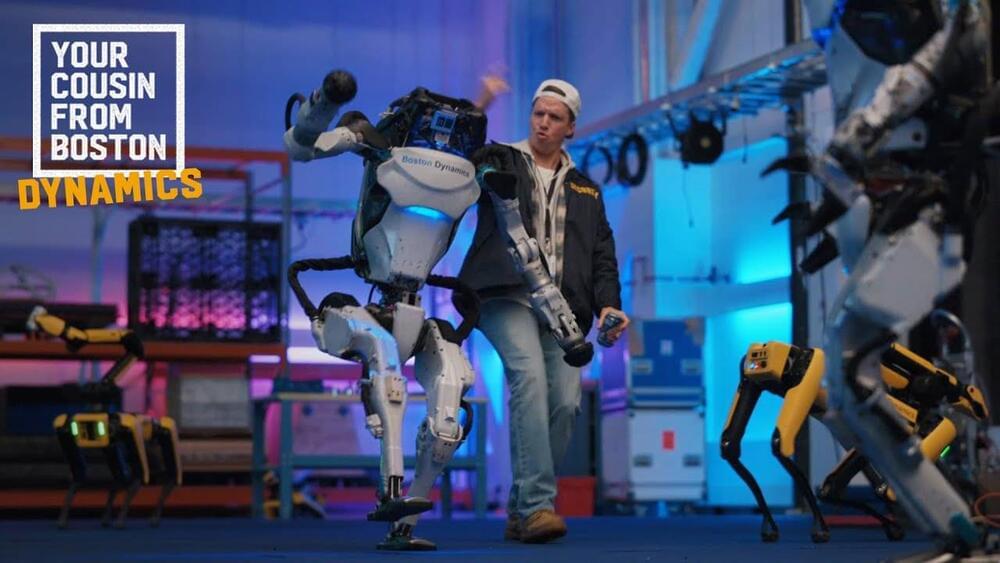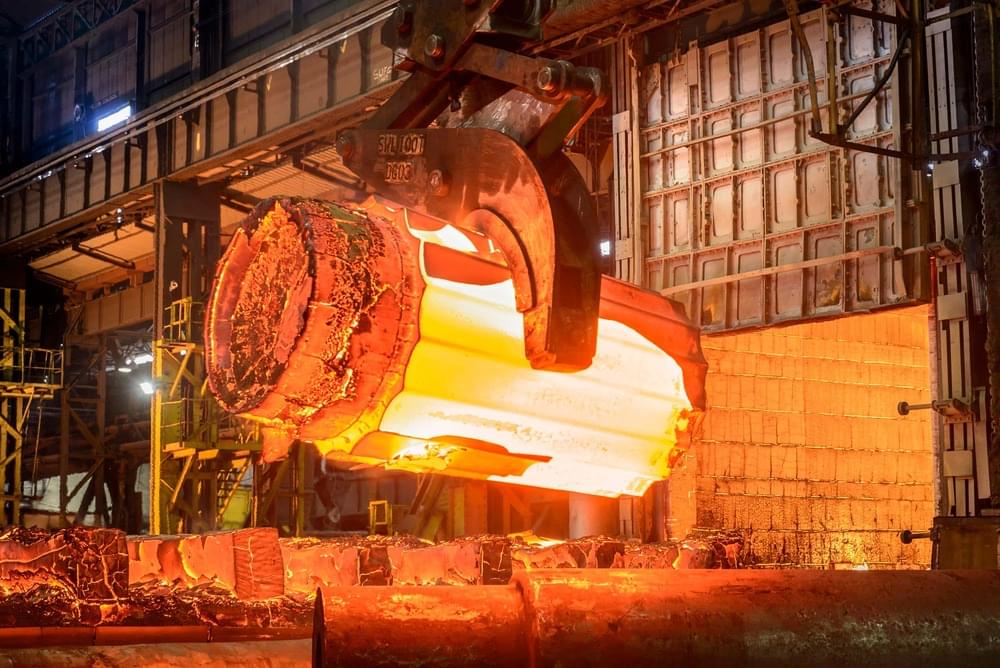Booster 4 and the LR11000 crane have been moved towards the orbital launch tower, and connected for what appears to be another full stacking ahead of Elon’s announces Starship Update presentation this Thursday evening. Will the chopsticks be used? Tune in to find out.
24×7 Coverage: http://www.nasaspaceflight.com/starbaselive









